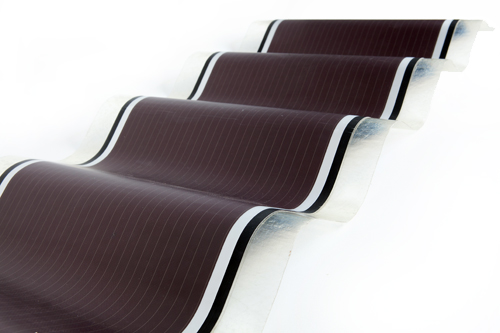
Contact Us.
Do you have a question, do you want advise for your project or can we help you otherwise?
- Westervoortsedijk 71K
- 6827 AV Arnhem

Do you have a question, do you want advise for your project or can we help you otherwise?

Flexible solar panels are a type of photovoltaic technology that uses thin-film materials, such as amorphous silicon, instead of traditional rigid silicon wafers. This makes them lightweight, bendable, and adaptable to a variety of surfaces, including curved or irregular structures.
Unlike traditional glass-based solar panels, which are heavy and require rigid mounting systems, flexible solar panels are ultra-light and can be installed using adhesives or lighter mounting solutions, making them ideal for applications where weight or space is a concern. They can be used in places like rooftops, vehicles, boats, and building facades where traditional panels may not be feasible.
These panels are designed for versatility, durability, and ease of installation, although they tend to have slightly lower efficiency compared to rigid panels. However, advancements in thin-film technology continue to improve their performance, making them a valuable option for energy generation in challenging environments.
Flexible solar modules are generally less efficient than traditional rigid solar panels. This difference arises mainly from the materials and technologies used in flexible modules, such as thin-film photovoltaics (amorphous silicon), which have lower conversion efficiency compared to the crystalline silicon used in traditional panels.
On average, traditional rigid solar panels have efficiencies around 22%, while flexible solar modules typically have efficiencies around 8%. However, flexible panels are improving, with some advancements bringing them closer to the efficiency of traditional panels.
Despite the efficiency gap, flexible solar panels offer other advantages: